1. Watering Too Often
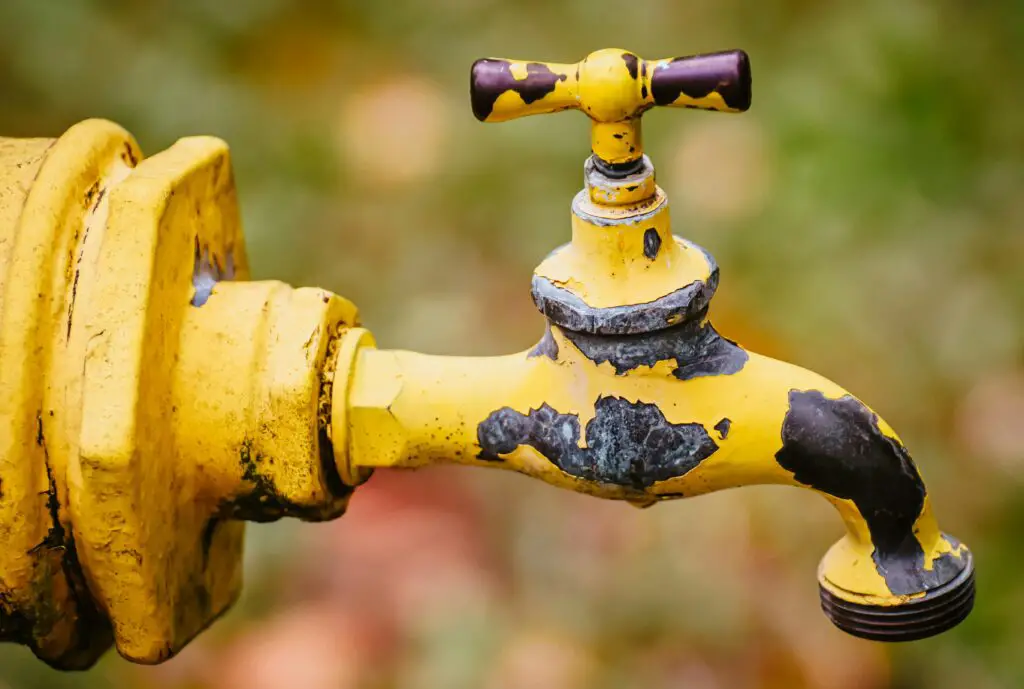
Many people think plants need daily watering, but too much water can lead to root rot and fungal growth. Most plants thrive with deep, infrequent watering, which encourages roots to grow deeper and helps them become more resilient.
2. Watering at the Wrong Time of Day
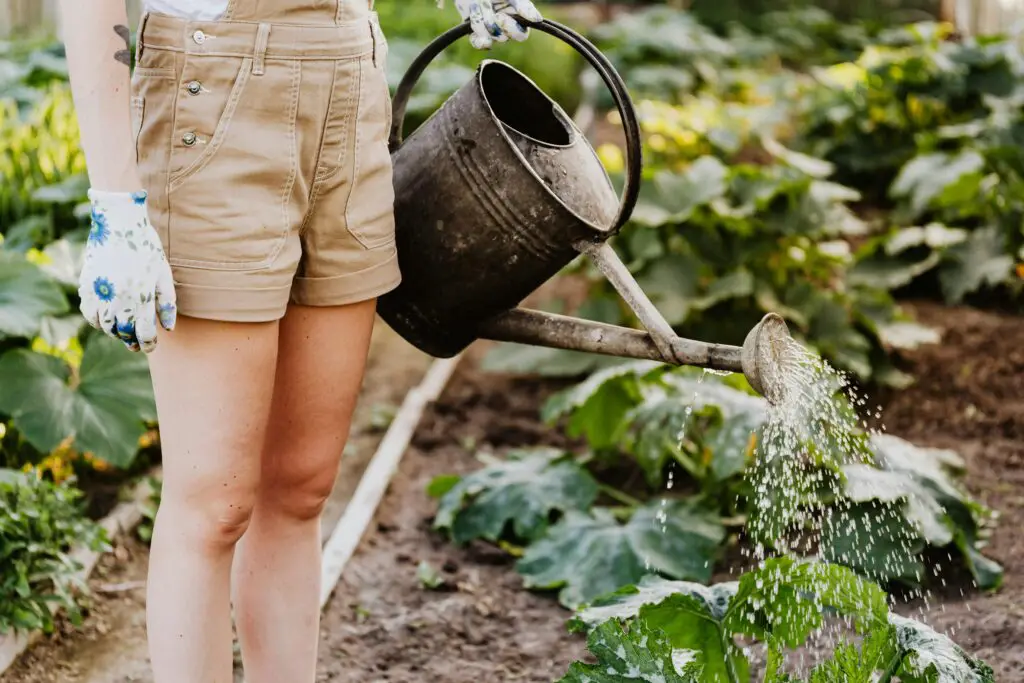
Watering during the heat of the day causes more water to evaporate before it reaches the roots. Instead, water early in the morning or late in the evening, when temperatures are cooler, to help plants absorb the most moisture.
3. Using a Weak Spray

A gentle mist might seem effective, but it often fails to penetrate the soil deeply. This results in shallow-rooted plants that are less stable. Opt for a stronger stream or drip irrigation to reach the roots and encourage robust growth.
4. Ignoring Soil Type

Different soil types have different watering needs. Sandy soil drains quickly, while clay holds moisture longer. Adjust your watering frequency based on your soil type to avoid waterlogging or underwatering your plants.
5. Overwatering Lawns
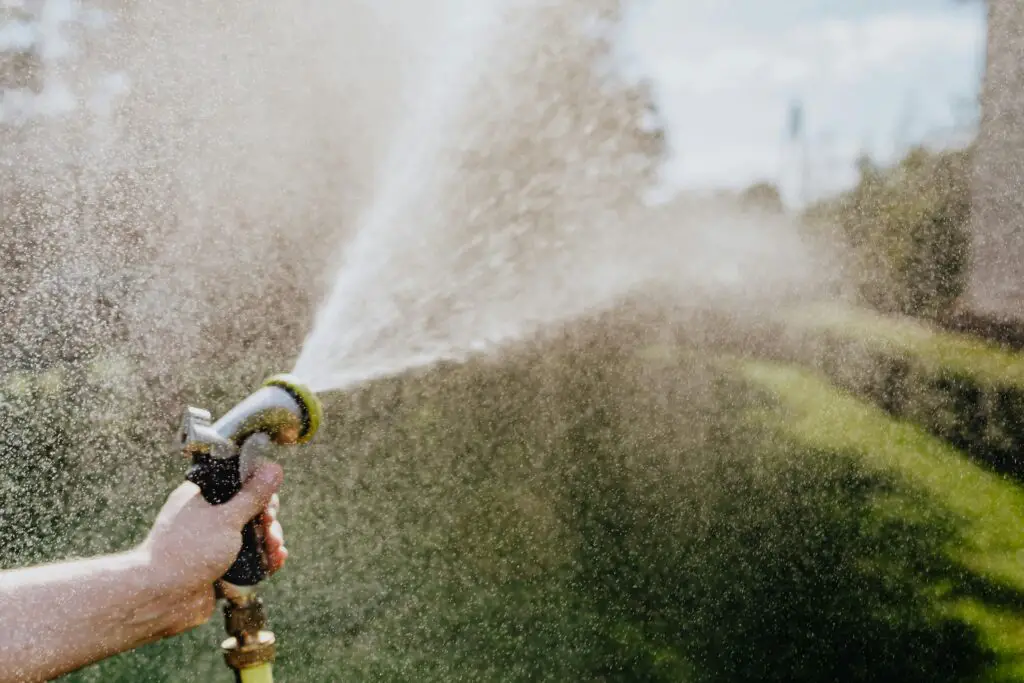
Lawns generally need about an inch of water per week, but many people overdo it, leading to soggy soil and shallow root growth. To avoid overwatering, use a rain gauge to measure weekly rainfall and only water if necessary.
6. Neglecting Plant-Specific Needs

Not all plants need the same amount of water. Succulents and cacti, for example, require less water than flowering plants or vegetables. Research each plant’s watering needs so you can customize your routine accordingly.
7. Watering Only the Leaves
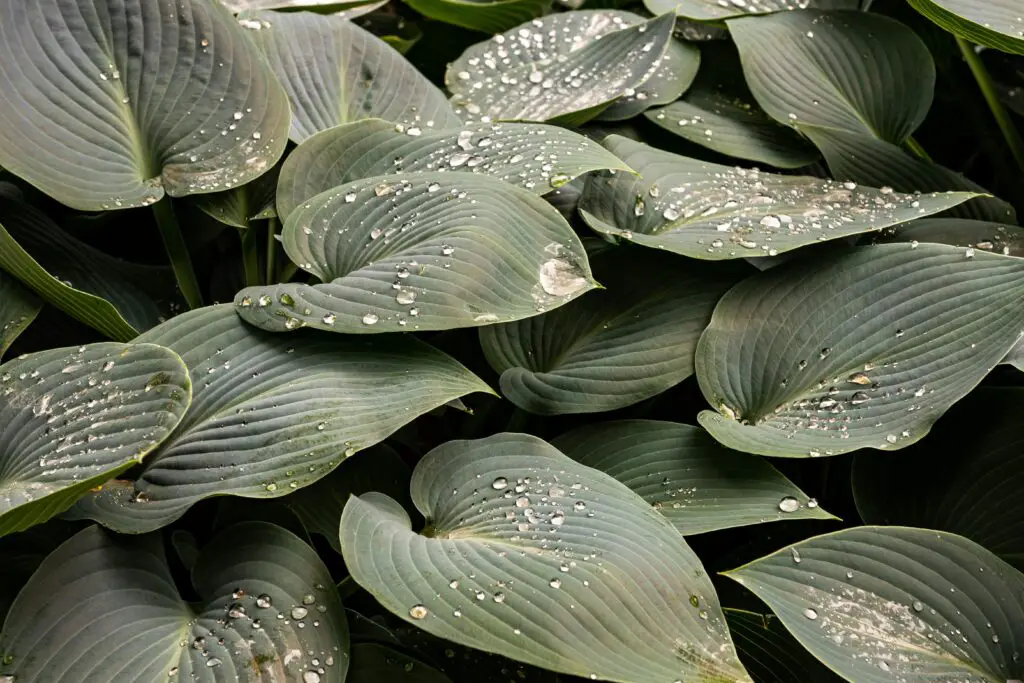
Spraying water on leaves does little to hydrate your plant and can lead to mildew and disease. Always water the base of the plant, where roots can absorb the moisture they need to thrive.
8. Using Hard Tap Water
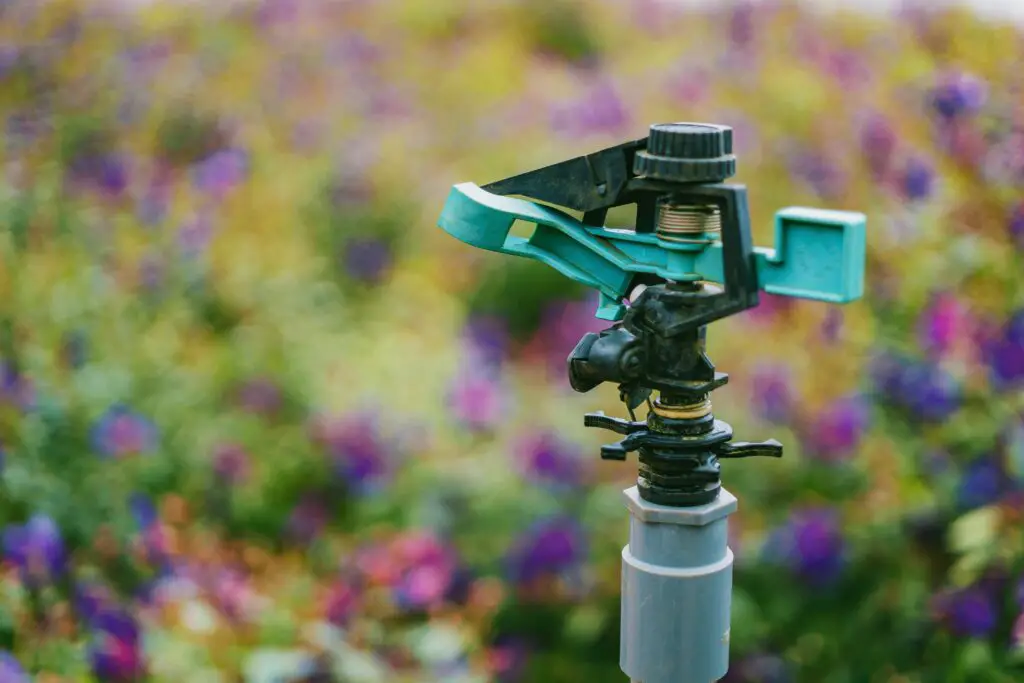
Tap water high in salts or chemicals can harm sensitive plants over time. If possible, use rainwater or filtered water for your plants, especially for indoor plants that are more affected by water quality.
9. Watering Indoor Plants on a Schedule
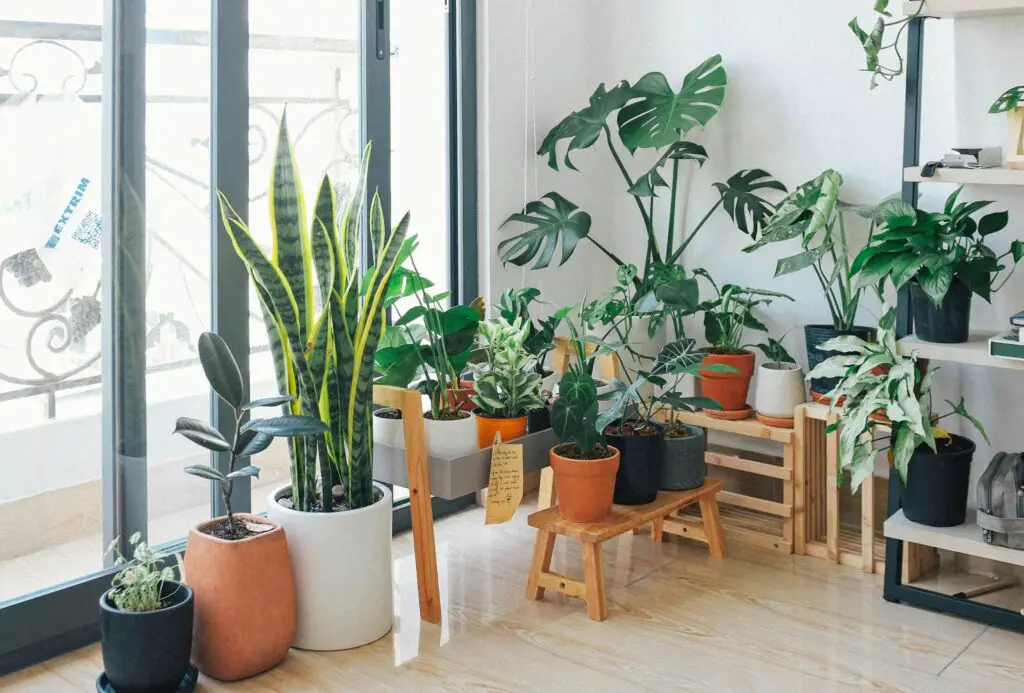
Indoor plants don’t need to be watered as consistently as outdoor plants, and watering on a strict schedule can lead to overwatering. Instead, check the soil’s moisture level and water only when the top inch feels dry.
10. Ignoring Signs of Over or Underwatering

Yellow leaves, wilting, and leaf drop are often signs of incorrect watering. Learn to recognize these symptoms and adjust your watering habits as needed, as plants often communicate their needs through their appearance.
11. Not Adjusting for Seasonal Changes
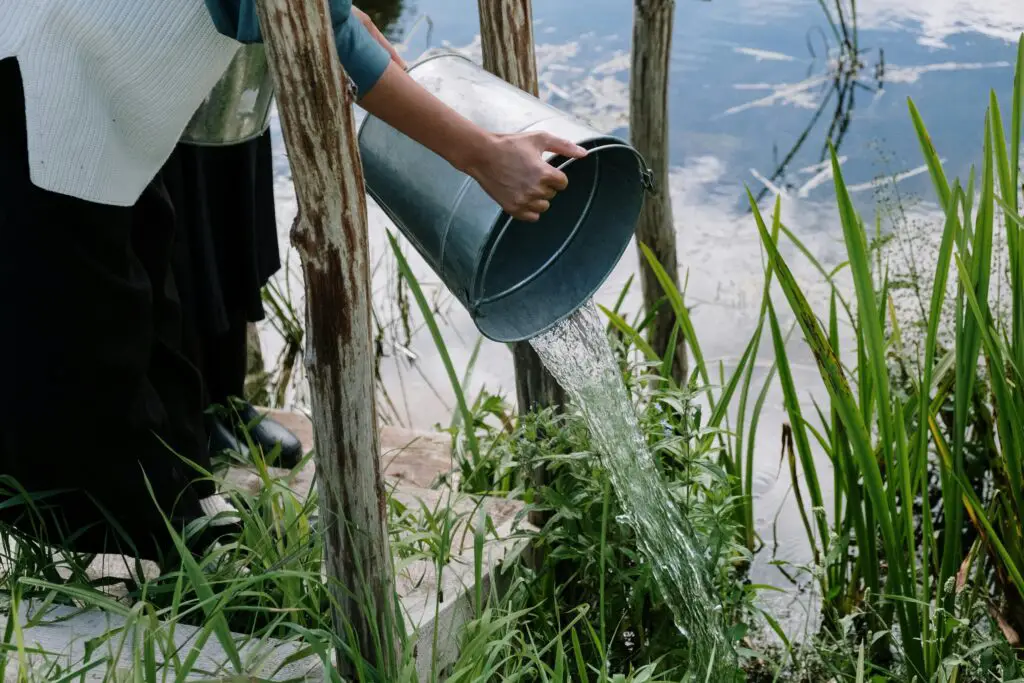
Watering needs change with the seasons. In warmer months, plants may need more frequent watering, while cooler seasons generally require less. Adjust your watering routine to match seasonal conditions and prevent water stress.
12. Failing to Mulch

Mulch helps retain moisture, reduces evaporation, and insulates roots, but many people skip it. Adding a layer of mulch around your plants can make a big difference in moisture retention, especially during hot weather.
Avoiding these common watering mistakes can lead to healthier, more vibrant plants and a lush, thriving garden. Adapting your watering practices to your plants’ unique needs will make a world of difference!
